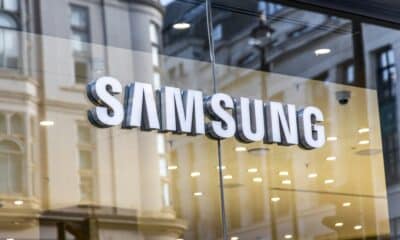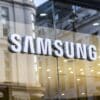Phones
Essential Information You Should Know About The Android 16
Google has recently announced the early debut of Android 16, codenamed “Baklava,” which has generated considerable excitement within the mobile technology sector. Scheduled for release in the second quarter of 2025, this move represents a notable shift from Google’s usual timeline, which typically features new Android versions launching in the third or fourth quarter. This tactical change is aimed at harnessing market momentum and enhancing user engagement by offering new features and enhancements well in advance—a video accompanying the announcement provides further insights.
A Shift in Android’s Release Cycle
Traditionally, developer previews for Android have been revealed in February or March, typically followed by public betas and stable versions rolling out in October. This established schedule has allowed developers and manufacturers to plan their product cycles effectively and ensure compatibility with the latest Android iterations. However, the early rollout of Android 16 disrupts this framework, potentially fast-tracking the entire Android development process and requiring industry participants to adapt quickly.
Original Equipment Manufacturers (OEMs) like Samsung might need to revise their product launch strategies to align with the early introduction of Android 16. This situation brings both prospects and challenges:
- OEMs can take advantage of the latest Android features earlier, boosting their market competitiveness.
- The new timeline requires swift adaptation in their development and production workflows.
- With Android 15 transitioning out more quickly, there’s an urgent need for a smooth shift to Android 16, calling for astute resource management and planning.
Capitalizing on Competitive Edge
The premature release of Android 16 provides manufacturers the chance to strengthen their foothold in the market against Apple’s iOS offerings. By coordinating product launches with the accelerated Android timeline, OEMs can capture consumer interest and affect buying choices before Apple’s annual refresh arrives. This strategic maneuver holds the potential to alter market share dynamics and give Android devices an early advantage in appealing to consumers.
Nonetheless, this accelerated timeline brings its own set of challenges for OEMs regarding device and software updates. With Android 15 being the latest version for a shorter period, manufacturers will need to manage their resources effectively and plan their update cycles carefully to ensure a fluid transition to Android 16.
Enhancing Development with Regular SDK Updates
In support of the early roll-out of Android 16, Google is set to implement more frequent Software Development Kit (SDK) releases. In 2025, there are plans for two SDK rollouts, with Android 16 QPR 2 planned for the fourth quarter. These updates are designed to equip developers with the essential tools and resources to innovate and optimize their applications for the new operating system. By nurturing a vibrant ecosystem of Android apps, Google aims to maintain its competitive edge and provide cutting-edge user experiences.
Transforming Market Dynamics
This alteration in the Android release schedule could significantly transform market dynamics and influence consumer behavior. Manufacturers may strategically align the launches of their flagship devices with key shopping periods, such as the holiday season, to maximize sales opportunities. Furthermore, the early introduction of Android 16 might affect pricing strategies for older models, as newer devices equipped with the latest features become available sooner.
As the mobile technology industry adjusts to this new paradigm, the implications for product launch cycles, market strategies, and consumer engagement will continue to evolve. The early rollout of Android 16 presents a mix of challenges and opportunities for manufacturers, developers, and consumers alike. It will be interesting to see how this bold decision influences the future of the Android ecosystem and the wider mobile tech landscape.















